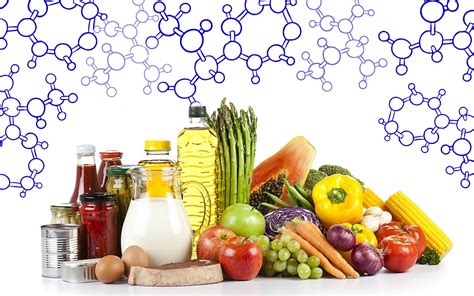The Complete Guide to Food and Beverage Enzymes
Enzymes are biological catalysts that speed up chemical reactions in living organisms. In the food and beverage industry, they play a crucial role in enhancing various processes, improving product quality, and creating innovative food solutions. Understanding the types, applications, and benefits of these enzymes is key for food scientists, manufacturers, and even discerning consumers.
What are Food and Beverage Enzymes?
Food and beverage enzymes are naturally occurring proteins that facilitate specific biochemical reactions within food matrices. These enzymes are sourced from various organisms, including plants, animals, and microorganisms. Their unique properties allow them to break down complex molecules into simpler ones, improving texture, flavor, and nutritional value.
Types of Food and Beverage Enzymes and Their Applications:
This section will delve into different enzyme categories and their specific roles within the food and beverage industry.
1. Carbohydrases: These enzymes break down carbohydrates, impacting texture, sweetness, and overall product characteristics.
- Amylases: Used in baking (improving bread texture), brewing (converting starch to fermentable sugars), and confectionery (reducing viscosity).
- Cellulases: Employed in fruit juice clarification, improving extraction efficiency and reducing cloudiness.
- Pectinases: Used to clarify fruit juices and wines, breaking down pectin, a complex carbohydrate found in plant cell walls.
2. Proteases: These enzymes hydrolyze proteins, impacting texture, flavor, and nutritional value.
- Meat Tenderizers: Proteases are used to break down muscle proteins in meat, making it more tender.
- Cheese Making: Proteases play a key role in cheese ripening, impacting texture and flavor development.
- Beer Brewing: Proteases contribute to improved clarity and stability in the final product.
3. Lipases: These enzymes catalyze the hydrolysis of fats and oils, influencing flavor, texture, and aroma.
- Flavor Enhancement: Lipases are employed to modify flavor profiles in cheese, dairy products, and other foods.
- Oil Modification: Lipases can be utilized to modify the composition of fats and oils, producing specialized products.
4. Oxidases: These enzymes catalyze oxidation reactions, influencing color, flavor, and shelf life.
- Bread Making: Oxidases contribute to dough strength and improved crumb structure.
- Fruit and Vegetable Processing: Oxidases can influence color retention and prevent enzymatic browning in processed fruits and vegetables.
Benefits of Using Food and Beverage Enzymes:
The incorporation of enzymes in food processing offers several significant advantages:
- Improved Product Quality: Enzymes contribute to enhanced texture, flavor, aroma, and nutritional value.
- Increased Efficiency: Enzymes can accelerate various processing steps, leading to cost savings and increased production capacity.
- Enhanced Shelf Life: Certain enzymes can improve the stability and extend the shelf life of food products.
- Sustainable Processing: Enzyme-based processing methods often require less energy and generate less waste compared to traditional methods.
- New Product Development: Enzymes allow for the creation of innovative food products with unique characteristics.
Choosing the Right Enzyme for Your Application:
Selecting the appropriate enzyme requires careful consideration of several factors, including the type of food matrix, desired outcome, processing conditions (temperature, pH), and regulatory compliance. The substrate specificity and optimal activity of each enzyme need to be aligned with the specific requirements of the application.
The Future of Food and Beverage Enzymes:
The ongoing research and development in enzyme technology continue to unlock new possibilities in food processing. The focus is on developing more efficient, sustainable, and specific enzymes tailored to diverse applications. Innovations in enzyme production, engineering, and immobilization technologies are paving the way for greater efficiency and cost-effectiveness.
By understanding the diverse range of food and beverage enzymes and their applications, the food industry can leverage their power to create higher-quality products, optimize production processes, and contribute to more sustainable food systems.
